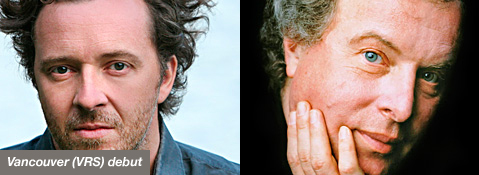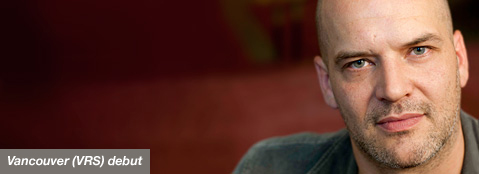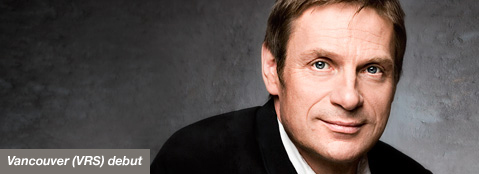Tag: lieder
-

PROGRAM NOTES: CHRISTIAN GERHAHER AND ANDRÁS SCHIFF
Ludwig van Beethoven An die ferne Geliebte Adelaide, Op. 46 An die ferne Geliebte, composed in 1816, stands proudly at the beginning of Christian Gerhaher’s recital as the first important song cycle from any composer, that is, a series of songs in which the constituent numbers are linked together by a theme or narrative of…
-

AN INTERVIEW WITH FLORIAN BOESCH
Thank you for taking time out of your busy schedule. How did the New Year start for you? The New Year started with a Messiah concert in Zurich and then 5 days skiing with the kids and friends in Vorarlberg. That‘s a very good start! Who are the great influences in your life and in…
-

PROGRAM NOTES: FLORIAN BOESCH
A recital of Lieder set exclusively to poems of Heinrich Heine and composed solely by Schubert and Schumann is particularly apt inasmuch as Heine was born the same year as Schubert (1797) and died the same year as Schumann (1856). He was not only one of Germany’s leading romantic authors, he also wrote about travel,…
-

GETTING TO KNOW: SIMON KEENLYSIDE
“I am a story teller, I am a narrator.” “I spend my entire working life dealing only with beauty; I rarely sing with a piece of music in front of me, so all of these beautiful songs are committed to memory.” Performing opera does not come without its risks: injuring his back in one…

